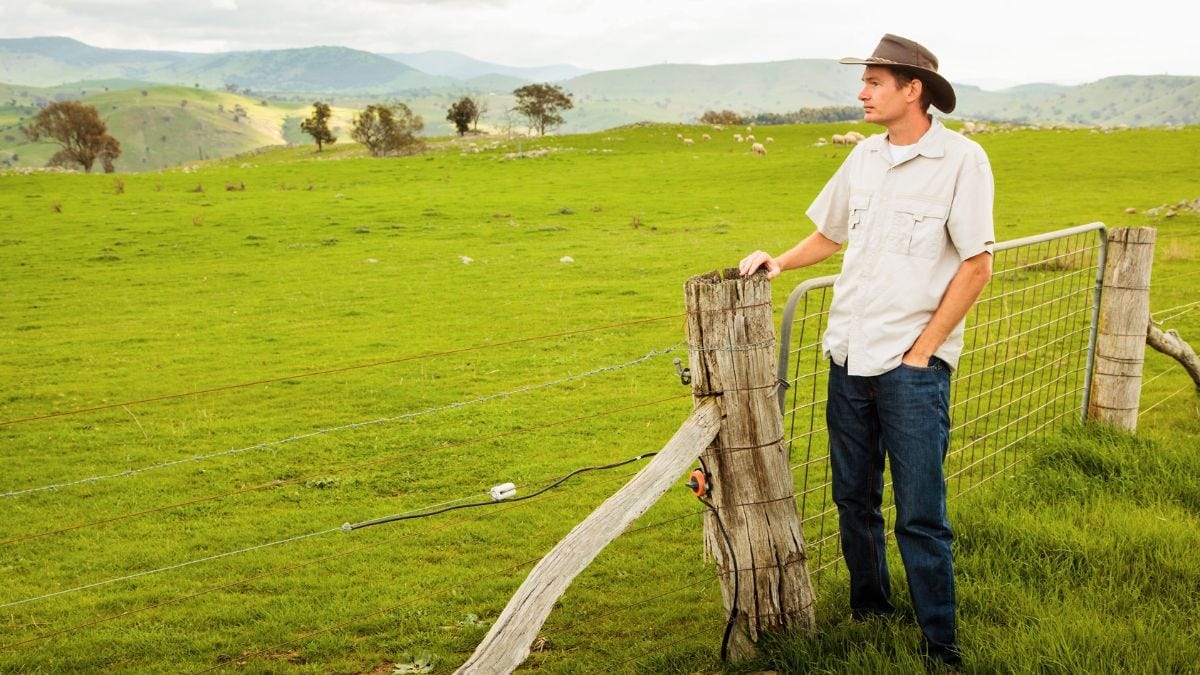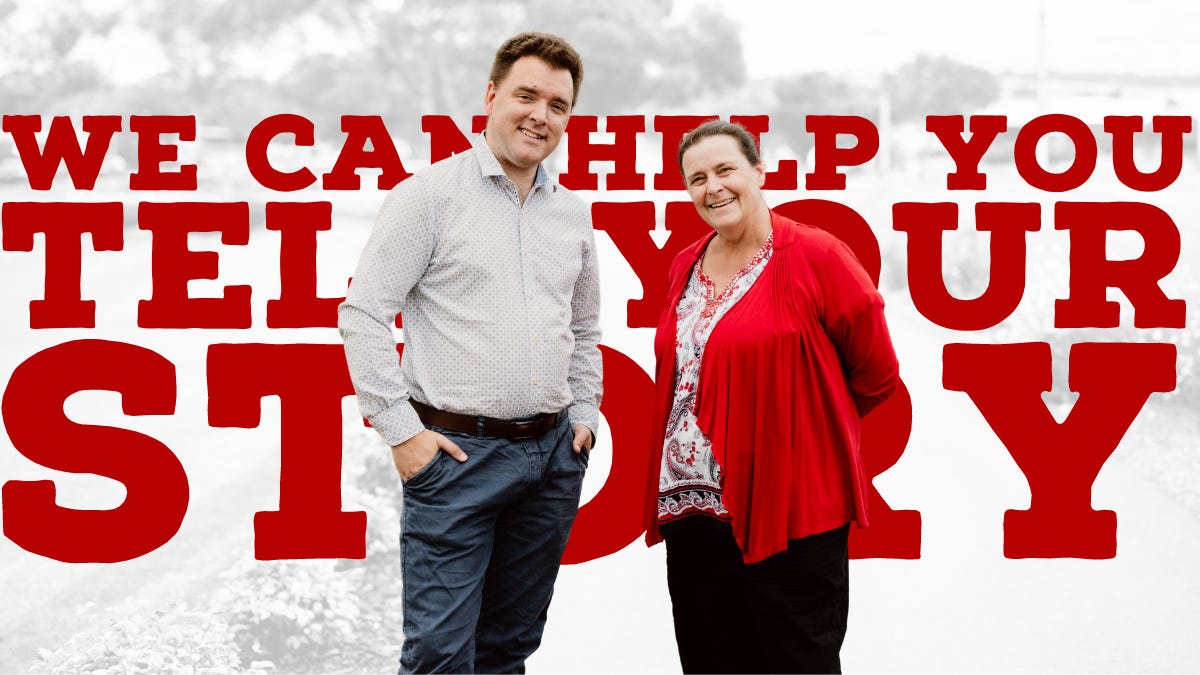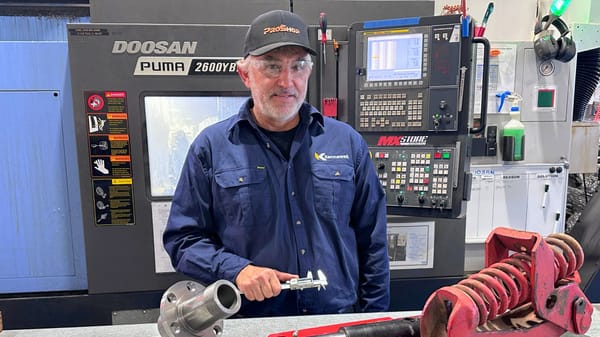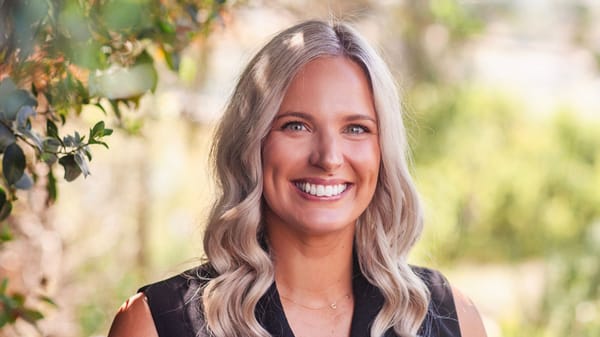What happens to the family farm in the event of a separation?
Accredited specialist and family lawyer Ryan Thomas, from Andersons Solicitors, explains.

This sponsored story is brought to you by Andersons Solicitors.

When a couple separates, it can be really tough to deal with the family farm in respect to property settlement.
Within farming communities, farms are often intergenerational, being passed down from one generation to the next.
The farmer is strongly attached to the land and wants to pass it on to their children.
They can be cash-poor and asset-rich, which makes paying out a former spouse even more difficult.
Consequently, separation and divorce can pose a risk to the family farm as the financial circumstances of the parties can make it very difficult to both keep the farm and pay out the departing spouse.
Nearly 40 years ago, the 1985 decision of Lee Steere and Lee Steere (1985) FLC 91-626 changed the historical position, that in the event of separation the farmer gets to keep the family farm within a property settlement.
Since the Lee Steere decision, there have been no separate rules relating to farms.
In other words, farming cases are theoretically to be treated no differently to other cases.
Therefore, since 1985, the following four-step process has been applied to farming cases, as it does to all other family law matters:
- Identify the legal and equitable property interests of the parties
- Identify the financial, non-financial contributions and homemaker contributions of the parties
- Assesses a range of additional factors (often referred to as “future needs” factors) under section 75(2) of the Family Law Act 1975, and
- Consider whether the proposed division is just and equitable in the circumstances of that case
The decision also confirmed that if arrangements can be made that leave the spouse who is working the farm with the farm, and at the same time do proper justice to the non-farming spouse, then the court will make those arrangements.
In other words, a farming case often provides the scenario of the farming partner wanting to hang onto the farm at any cost, including a just and equitable settlement to the non-farming partner.
The case of Lee Steere did remind us that the law requires the court to consider “the effect of any proposed order upon the earning capacity of either party to a marriage”.
The sale of the family farm is likely to have a serious detrimental effect on the farming party’s income.
The law recognises that, within a farming marriage, the farming party has often only ever made an income by farming, and that must be considered when evaluating what a just and equitable division would be.
A tension exists between the weight of importance given to the initial contributions made by a party at the commencement of a relationship, such as the family farm, and all other relevant contributions made by both the husband and wife throughout the relationship.
For example, significant weight will also be given to the care of children and homemaking responsibilities.
In many cases, even if one party came into the marriage with the farm, it will be recognised that throughout the marriage both parties have each made a myriad of other financial, non-financial and homemaking contributions.
This will often occur over the course of a long relationship and those contributions are assessed along with the initial contributions of the farm.
The 4-step process within a farming context
Jack is from a third-generation farming family in the Barossa.
Jack married Jane; they have been married for 20 years and are now in their 40s.
At the beginning of the relationship, Jack brought the farm property into the marriage and Jane brought into the marriage nominal assets worth around $5000.
During the marriage, Jack and Jane made different contributions.
Jane was the primary carer of the children and carried out all the domestic duties around the home.
She had assumed a supportive role towards her husband’s operation of the farm and worked occasionally on the farm during busy times such as harvest.
Jack undertook the running of the farm all year round.
Jack and Jane run the farm as a partnership and purchased more land in 2018, borrowing money from the bank to do so.
Jack and Jane decided to separate in 2023.
A valuation of their property, livestock/crops, plant and equipment – including machinery and vehicles – and the land itself is undertaken and estimated to be $5 million.
There is $1 million in debt.
At the time of separation, most of the wealth is held up in assets on the farm, leaving Jack and Jane asset-rich but cash-poor, putting the family farm at risk of sale.
Jack contacts Andersons Solicitors, seeking legal advice in relation to his property settlement so he can prevent needing to sell the family farm.

In determining the property settlement between Jack and Jane, one point we will want to address will be to quantify Jack’s initial contribution of the family farm to the relationship.
In other words, the farm belonged to Jack at the start of the relationship and we would want to get a valuation of the farm as at 2003 when the relationship commenced.
We would also detail any improvements made to the property by Jack over the course of the relationship.
These contributions are of importance but need to be considered in the context of all the other contributions made by each party.
Jane’s contributions of taking care of the children and house will be considered, as well as her work on the farm during “busy times”.
These contributions by Jane are significant, recognising Jane’s homemaker and non-financial contributions during the marriage, as well as her taking a supportive role towards Jack in the farming business.
A careful analysis of each of the parties’ contributions will be undertaken to arrive at a percentage.
We will then weigh up their future needs such as the age, income and financial resources, health, and care of any children under the age of 18.
Finally, judgments stress both the importance of the wife’s ability to find work and support herself after separation if the husband retains the family farm, as well as the husband’s skills and ability to find other non-farming work.
As discussed above, the effect of the sale of the farm on Jack’s income is also an important consideration.
After careful consideration of each party’s future needs, we will assess whether either party requires a percentage adjustment to their entitlements.
Once we have worked out Jane’s range of entitlements, we can then work with Jack to explore options that can both preserve the farm and pay out Jane her fair entitlement.
This could include options such as payments over a longer period of time or part payments over time.
If you would like more information about separation and divorce, please contact Ryan Thomas or any of our experienced family lawyers at Andersons in Murray Bridge on 8532 3141 or visit andersons.com.au.
Interested in advertising with Murray Bridge News? We can help you reach thousands of highly engaged locals. Call Jane Intini on 0418 835 768 or email jane@murraybridge.news.
Your guide to advertising with Murray Bridge News
Peri Strathearn • Apr 28, 2023

About us What we offer Specifications Contact us Book now
Read full story →




